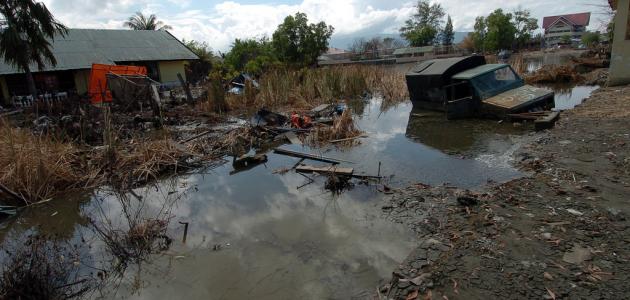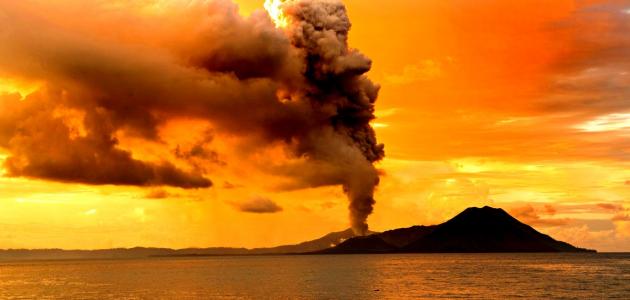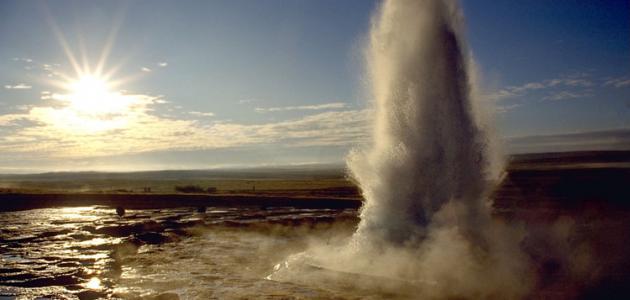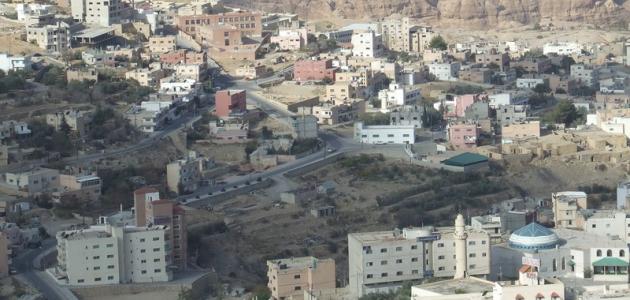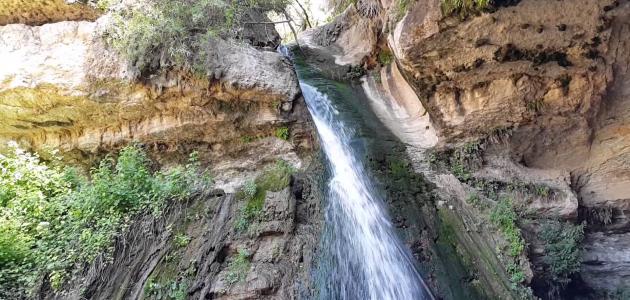The cause of the tsunami
Earthquakes are considered one of the main causes of tsunamis, and to understand how they occur, we must talk about plate tectonics, which is a huge group of plates that make up the Earth’s crust, and they are the plates from which the continents and the sea floor are formed. These plates are based on a layer A viscous layer called the “asthenosphere” or “fluid atmosphere” (in English: asthenosphere), and these plates move continuously near each other at a speed ranging between 2.5 centimeters and 5 centimeters per year, and the movements at fault lines are large, and they are what cause earthquakes and volcanoes. At the bottom of the ocean, thus being a source of tsunamis.
Steps for a tsunami to occur
Tsunamis occur through the following steps:
- Two plates touch at their boundaries.
- The heavier plate slides under the lighter plate, and this process is called “subduction”.
- Trenches form on the ocean floor, and in some cases of subduction, part of the light plate on the ocean floor splits, due to the pressure caused by the sinking plate, which causes the earthquake.
- Rocks break as seismic waves are generated.
- When the plate splits, it scatters tons of rocks upward with tremendous force that is transmitted into the water, pushing the water to a level higher than normal sea level, and thus the tsunami begins.
Tsunami information
Important information to know about the tsunami:
Read also:How did the Japan earthquake happen?- Tsunamis can occur due to volcanic eruptions, or they may occur due to the impact of a meteorite that sank to the bottom of the ocean in ancient times.
- The speed of the tsunami is approximately 805 kilometers per hour, which is approximately the speed of a jet plane, and this is the reason why tsunami waves cross long distances at tremendous speed. At this speed and pace, a tsunami can cross the Pacific Ocean in less than a day.
- The speed of the tsunami indicates that it loses only a little of its energy as it travels.
- When approaching the coast and entering shallow water, the speed of tsunami waves decreases and their length and amount of energy increase. The reason is that the crests of the waves move more quickly than the bottoms.
The most destructive tsunami
The most devastating tsunami occurred in the eastern Mediterranean region on July 21, 365 AD, when a fault occurred in the subduction zone under the island of Crete, causing a very powerful earthquake that was able to raise parts of the western third of the island to a height higher than 10 metres, and led to the occurrence of tsunami waves that claimed the lives of tens of thousands of lives, and caused widespread damage throughout the Mediterranean Sea, and on the eastern coast of Spain. The waves also carried ships and threw them over the walls of the port, and on the roofs of houses in Alexandria in Egypt, and they were also destroyed. Nearby agricultural lands, due to being flooded with salt water.
Read also:Why do we see the sky as blue